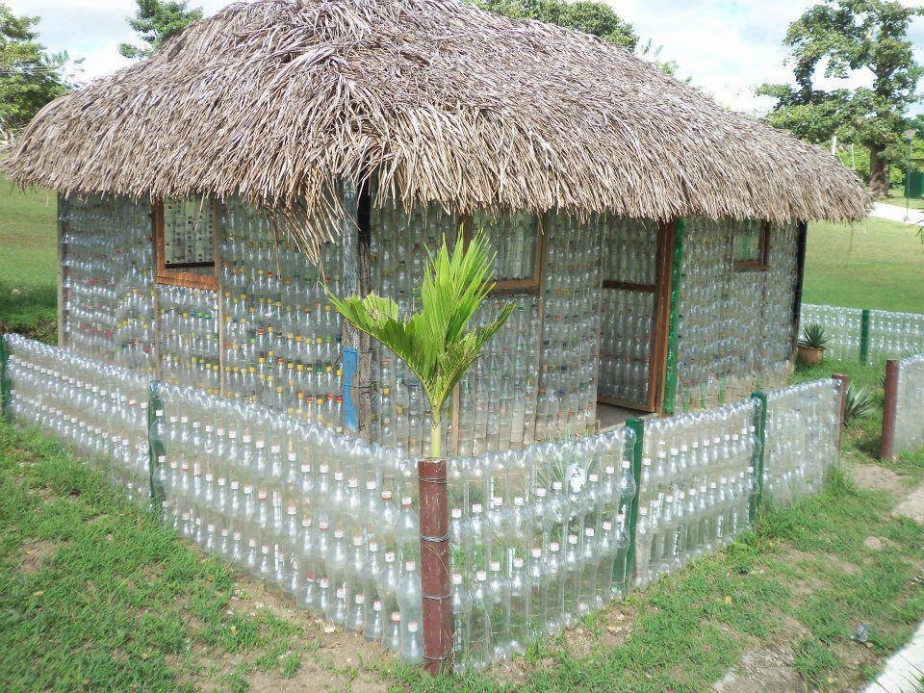Step 1: Say No to Plastic Water Bottles
Disclaimer: Not all tap water is drinkable; please make sure it is before applying what is described in the article.
I frequently travel, both for work and pleasure, and I consume a significant amount of water!
Few years ago I was spending my workdays in a compact container with colleagues. The cleaning service only came around once or twice a week, which made me realize the staggering number of water bottles we used for hydration.
This realization hit me particularly hard after a trip to Algeria, where I visited the Saharawi refugee camps. As a result, I decided to delve into some research and calculations.
As mentioned, I consume a substantial amount of water, typically ranging from 2.5 to 3 liters per day, totaling an average of 18 liters per week. That translates to roughly 600 bottles annually, assuming minimal efficiency and using exclusively 1.5-liter bottles.
In one year, this consumption results in approximately 24 kilograms of plastic waste (a conservative estimate) solely from these bottles. To put it differently, to produce single-use bottles that hold my 900 liters of water, I’ve unwittingly contributed to the following environmental costs:
– 50 kilograms of petroleum usage
– 437.5 liters of water consumption
– 1 kilogram of hydrocarbon emissions
– 625 grams of sulfur oxide emissions
– 500 grams of nitrogen oxide emissions
– 450 grams of carbon monoxide emissions
– 57.5 kilograms of carbon dioxide, a greenhouse gas (equivalent to driving about 510 kilometers in an average-consumption car)
And, this doesn’t even account for the costs associated with disposal and transportation. It’s indeed an alarming realization!
Especially considering that this all stems from my preference not to drink tap water, which is directly sourced from the faucet, rigorously controlled, and naturally neutral in pH (I’ve verified this in various locations). Instead, for this preference, I pay around 600 euros for my 900 liters of water annually, as opposed to just 1.3 euros. I can’t help but admit that I’ve been unwittingly contributing significantly to polluting our beautiful planet.
In light of this, I made the conscious choice to invest in a reusable bottle, which I acquired for a modest price of 27.99 euros. I opted for a 0.75-liter stainless steel Thermos with a convenient snap lid, an ultralight design, perfect for my constant travels.
Since making this environmentally friendly purchase, I’ve had the opportunity to sample tap water from various faucets worldwide. I’ve been pleasantly surprised by the fresh and lively taste it often possesses. Occasionally, due to the pronounced chlorine flavor in some water sources, I find it more practical to let the water settle or use a filter. However, I must admit that I haven’t encountered water so unpalatable that it has made me regret my choice. My only suggestion would be to avoid water from trains and planes, which can sometimes have an off-putting taste.
Even when passing through airport security checks, I’ve had no issues as long as I promptly empty my bottle.
The only minor inconvenience I’ve encountered to date was at Milan Malpensa Airport, where the distance between the faucet and the sink was insufficient for a straightforward refill of my bottle. Nevertheless, with some resourcefulness, I managed to quench my thirst. For those who don’t consume as much water as I do, I recommend a 0.5-liter bottle, which is lighter and easier to handle.
Having my reusable bottle with me at all times ensures that I can stay hydrated consistently, wherever I go. I genuinely feel content about this purchase and the small but meaningful contribution it makes toward preserving our planet’s cleanliness.
Disclaimer: Not all tap water is drinkable; please make sure it is before applying what is described in the article.



